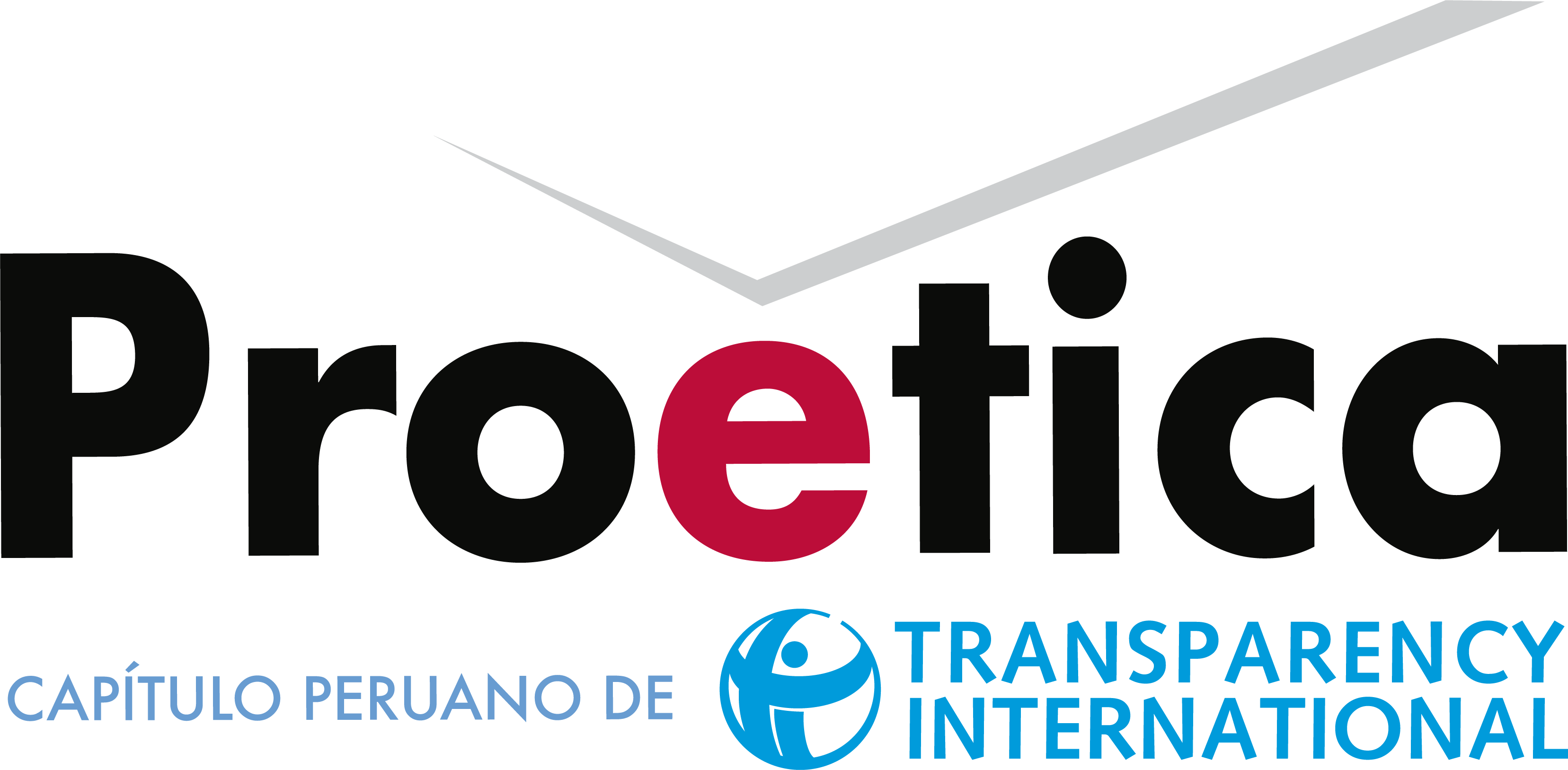Samuel Rotta Castilla and Magaly Avila from Transparency International’s Peruvian chapter Proética discuss the problems they are facing monitoring climate finance in-country.
One of the things that has most struck us since we began tracking climate finance in Peru – a country whose huge biodiversity is at grave threat because of climate change – is the fact that no single high ranking public official in the sector has dared attach a number to the amount of climate money that is being spent in the country.
Why? Our research suggests that this is largely due to a lack of order in the management of information on climate projects. There are many institutions operating in the field of climate change but there are very few, if any, specialised public officials charged with collecting, systematising and keeping up-to-date information for accountability purposes, both internally and to the public. There are also a diverse number of funding systems involved, with money coming from credit operations, donations and the public treasury among others – all of which are managed under very different accountability schemes. Information on funds and projects therefore exists, but it is very difficult to locate and monitor.
In the mid-term, a feasible solution to this would be the creation of a public platform with clear, comparable and comprehensive technical and financial information on all climate projects. This should bring together and standardise information from sub-national governments, private companies and NGOs that are involved in projects aimed at tackling climate change in Peru.
In the short-term, communities and civil society organisations whose cities or neighbourhoods are home to projects of this kind should be able to play a role in overseeing them. Proética is committed to providing clear information and training to members of the public so that they can understand and use appropriate transparency and anti-corruption tools.
What are climate funds?
On its way from donor to recipient countries, climate finance can take one of a number of journeys. The bulk of it is channelled through multilateral financial institutions – development banks and UN agencies – or bilateral ones like Germany’s International Climate Initiative or Australia’s International Forest Carbon Initiative. Donor governments can also deposit climate money into dedicated international and national climate funds. There are a whole host of these, including the Climate Investment Funds, the Adaptation Fund, Brazil’s Amazon Fund and the Bangladesh Climate Change Resilience Fund. Alternatively international climate finance can pass directly from government to government, via market mechanisms such as the Clean Development Mechanism or carbon trading.
*extraído de: http://www.transparency.org/news/feature/monitoring_climate_money_top_down_meets_bottom_up
